2023
Annual
Report
Revive & Restore
Dear friends & supporters,
I had the privilege to go on safari in Tanzania this year, and riding in a hot air balloon gave me a wonderful perspective on what biodiversity and bioabundance really means. Looking down from above, I witnessed the Great Migration through Serengeti National Park, one of the most spectacular animal migrations in the world. Thousands of wildebeests, zebras, and their various predators and scavengers were all on the move as they sought greener, more nutritious grass across the plains.
This incredible sight speaks to the heart of the mission of Revive & Restore— to revive species that are endangered and restore ecosystems to a healthy level of biodiversity and bioabundance. And because small, fragmented populations are more vulnerable to wildlife disease, loss of genetic diversity, and climate change, this is the focus of our work at Revive & Restore.
In 2023, to address these challenges, Revive & Restore pushed the boundaries of conservation and spearheaded groundbreaking research—all to bring positive change for our planet. This Annual Report offers an overview of the milestones we’ve achieved together and the impact your support can have on wildlife.
Looking ahead to 2024, we are filled with enthusiasm for the possibilities that lie before us. With your ongoing support, we can build on our achievements and approach new wildlife conservation challenges with determination and innovation. We look forward to the continued impact we can make together in the coming year.

Ryan Phelan
Executive Director & Co-Founder, Revive & Restore

Ryan Phelan
Serengeti National Park, Tanzania 2023
Revive & Restore Is
On A Bold Mission
To enhance biodiversity through the genetic rescue of endangered and extinct species.
To advance our mission, we are building the Genetic Rescue Toolkit, a suite of biotechnologies to help solve global biodiversity challenges. The projects we initiate and fund are often the first to demonstrate the measurable impact biotechnology can have on wildlife conservation.
We apply a unique, three-pronged approach to innovation by convening partners, advancing technology solutions, and funding proof-of-concept research – all to build a better future for wildlife
Our vision is to revive biodiversity and restore ecosystems for millennia to come.
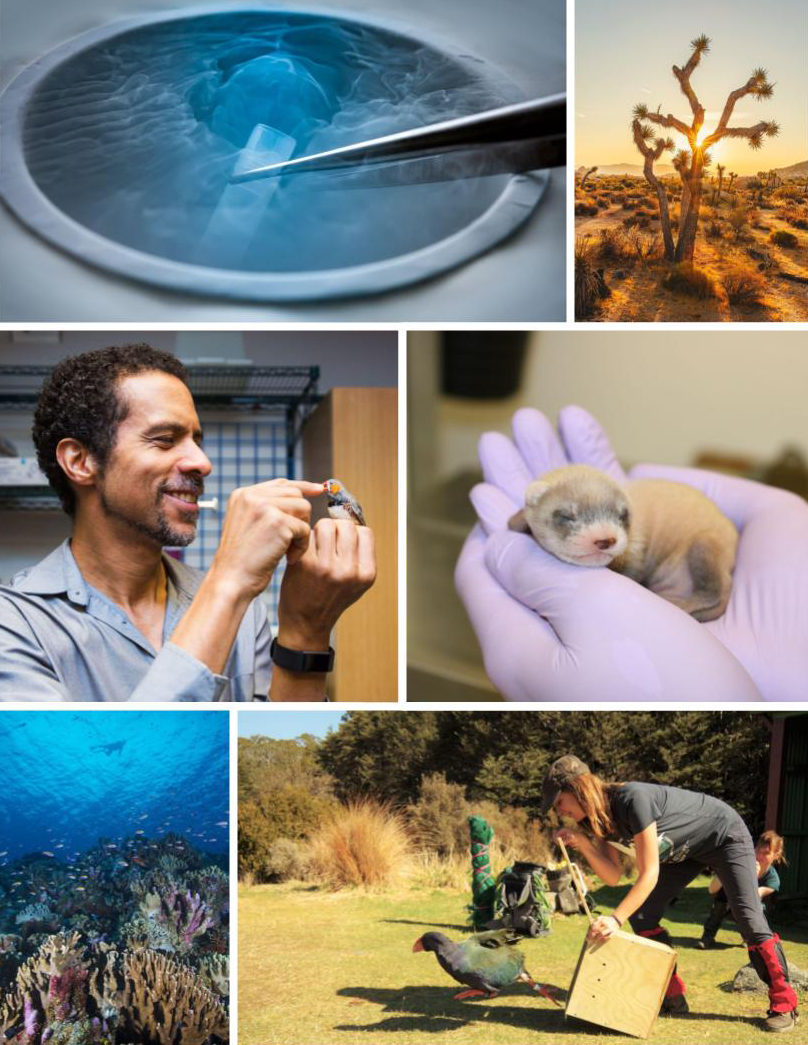
AND OUR IMPACT CONTINUES TO GROW
Our Genetic Rescue Efforts Now Span
71
FUNDED
RESEARCH PROJECTS
60
INSTITUTIONS
ACROSS 26 NATIONS
87
FOCAL
WILDLIFE SPECIES

In 2023, Our Genetic Rescue Projects
Help Mitigate Global Wildlife Challenges
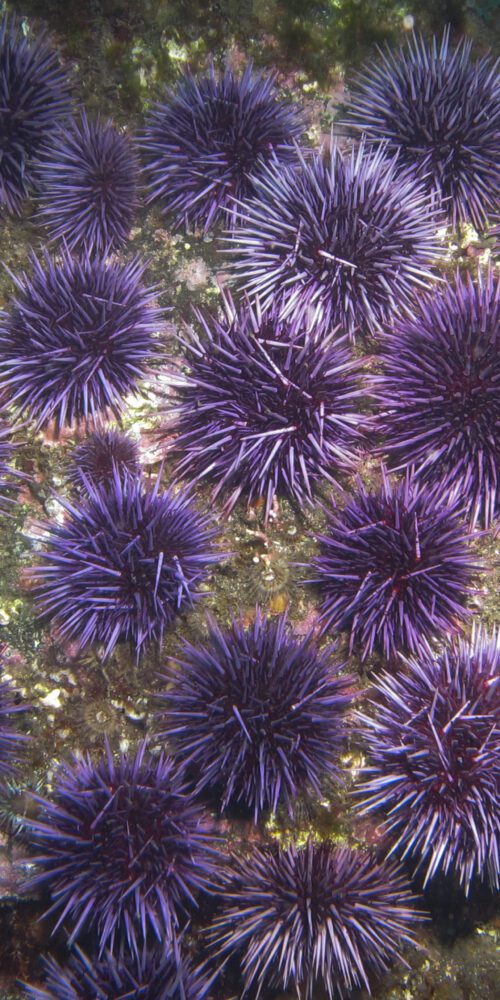
INVASIVE
SPECIES

WILDLIFE
DISEASE

GENETIC DIVERSITY
LOSS
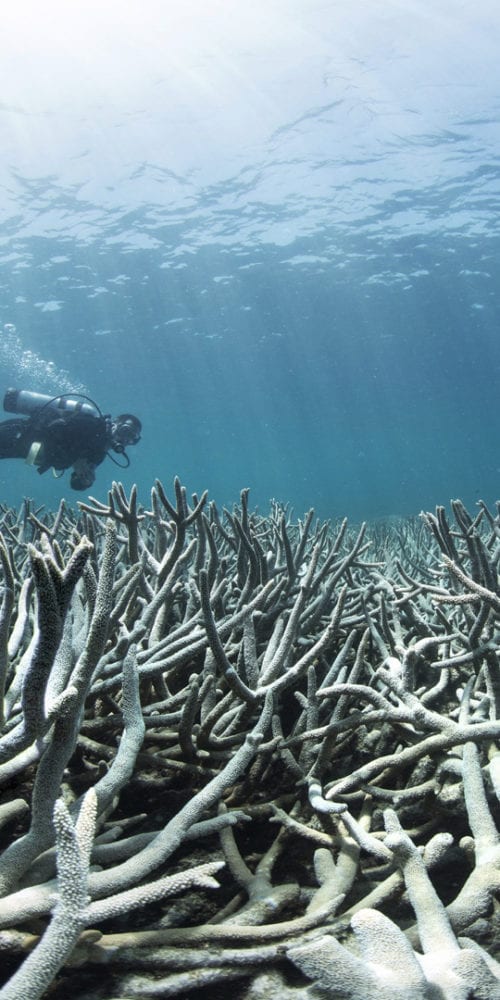
CORAL
BLEACHING

WILDLIFE
POACHING
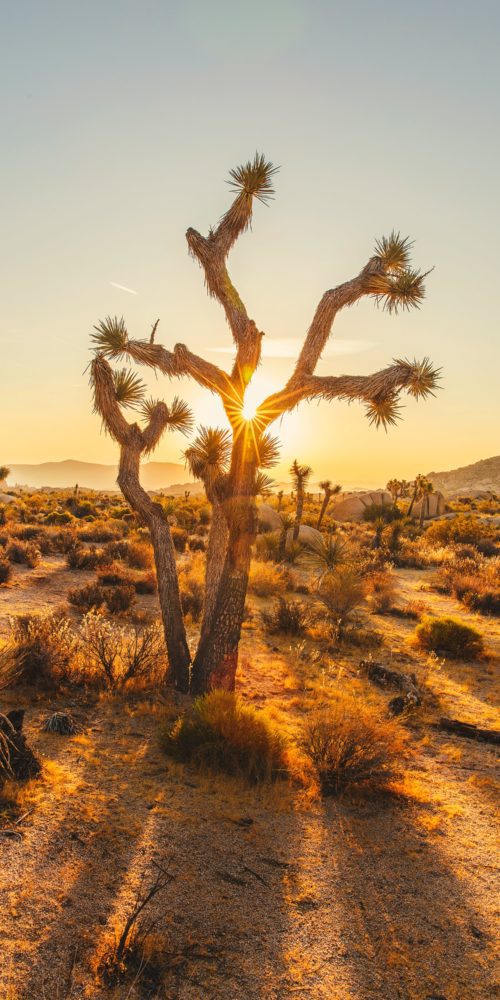
CLIMATE
CHANGE
How We Do It:
Our Genetic Rescue Toolkit
As threats to wildlife increase with the pace of climate change, so too must our conservation strategies.
Our Genetic Rescue Toolkit is a suite of biotechnology tools with direct conservation applications, designed to turn the tide on biodiversity loss. They are building blocks for genetic rescue in wildlife.
By advancing the Genetic Rescue Toolkit, we are laying the foundation for unprecedented conservation strategies to tackle unprecedented conservation challenges.
Genetic Rescue Toolkit

From bottom to top, these biotechnologies form the building blocks of genetic rescue. Sequencing and biobanking, for example, are foundational tools that enable more advanced technologies, like cloning and genetic engineering.
GENETIC RESCUE TOOLKIT
Sequencing Provides Insight
For Genetic Rescue
By decoding the DNA of species, genome sequencing reveals a deeper understanding of their potential for climate adaptation, disease resistance, reproductive potential, and long-term survival. Genome sequencing is a foundational tool for building evidence-based strategies for genetic rescue in wildlife species.
Here at Revive & Restore, we use genome sequencing to build baselines for our genetic rescue efforts.
This year, we announced two new cohorts of Wild Genomes awardees, in partnership with Morris Animal Foundation, bringing the portfolio up to 32 projects applying genome sequencing to conservation. Wild Genomes is a global funding program for applied sequencing projects. This year’s awardees had two focal areas: amphibians and kelp forest ecosystems.
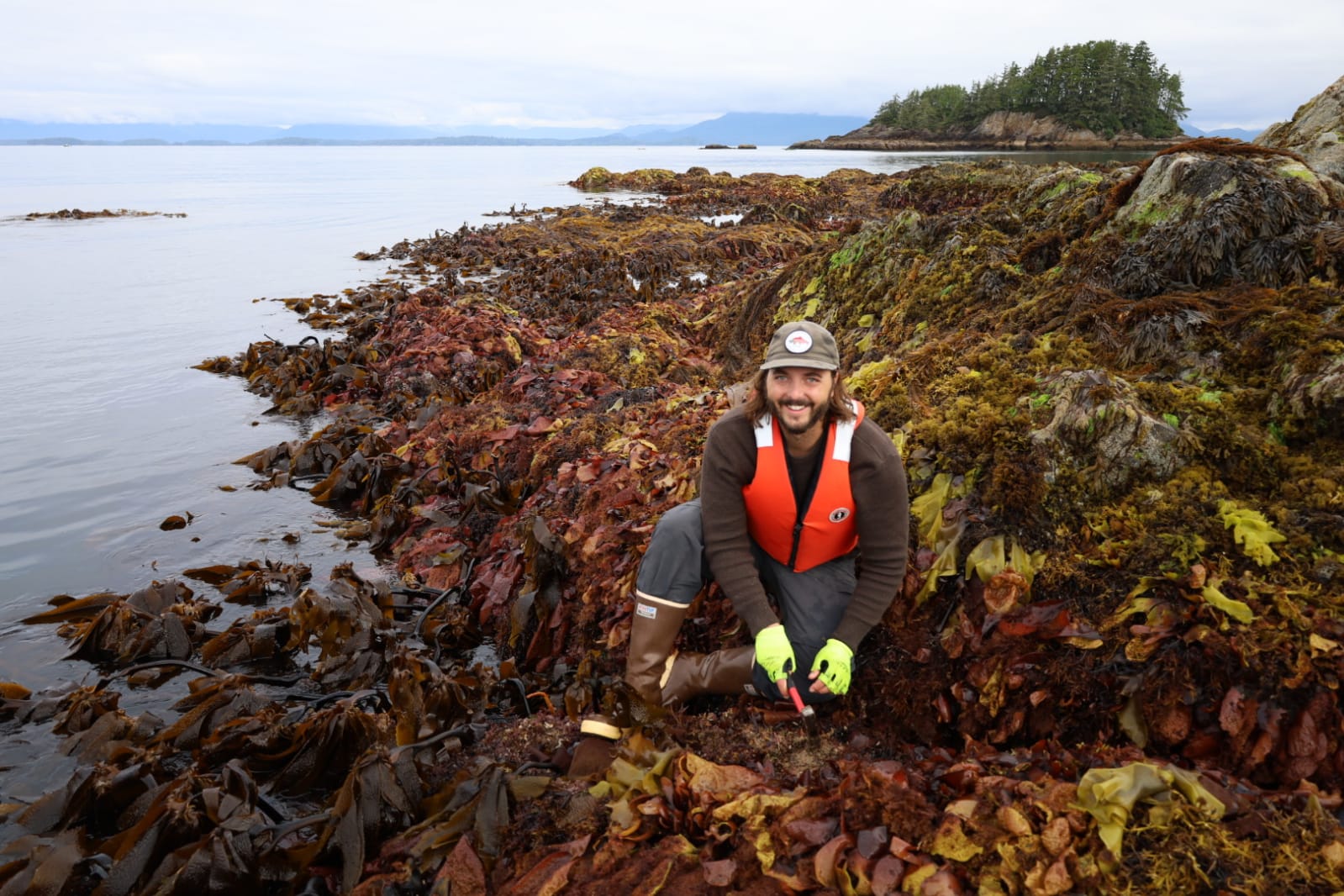
In 2023, we funded 8 projects focused on kelp forests, including Dr. Samuel Starko at the University of Western Australia. Dr. Starko will sequence and assemble genomes from two brown seaweed species to inform management strategies.
“Morris Animal Foundation is truly grateful for the opportunity of continued partnership with Revive & Restore. Through the combined efforts of our teams, we are making a meaningful difference in the well-being of wildlife and their fragile ecosystems.”
KATHY TIETJE
CHIEF PROGRAM OFFICER AT MORRIS ANIMAL FOUNDATION
WILD GENOMES PARTNER
GENETIC RESCUE TOOLKIT
Biobanking Builds The Foundation For Genetic Rescue
By preserving living cells, biobanking offers a safeguard for the genetic diversity of vulnerable species. Biobanking also provides a foundation for more advanced genetic rescue technologies and can reveal genetic strategies to mitigate disease and climate change. Our goal is to make biobanking standard practice in conservation to protect genetic diversity before it’s lost.
In 2023, we launched a groundbreaking initiative to biobank U.S. endangered species, in partnership with U.S. Fish & Wildlife Service. As a proof of concept, we set a bold objective to sequence and biobank cell lines for 25 U.S. endangered mammals, and we are nearing completion as we close out 2023.

Biologist Robert Schorr assesses the health of an endangered Preble’s Meadow Jumping Mouse (Zapus hudsonius preblei) before taking a skin sample for our biobanking program.
“21st century conservation challenges require 21st century conservation tools. Biobanking is one such tool that allows us to preserve some of the biodiversity that exists today and ensure it isn’t lost forever.”
SETH WILLEY
DEPUTY ASSISTANT, REGIONAL DIRECTOR OF ECOLOGICAL SERVICES
US FISH & WILDLIFE SERVICE
2023 Breakthrough:
New Technique To Biobank Coral
In 2023, a team of scientists, funded by Revive & Restore, developed the first successful technique for cryopreserving and reviving entire coral fragments. The technique is a breakthrough in the fight to protect the world’s coral reefs from climate change.
The new cryopreservation method opens the door to collecting and preserving coral fragments easily and rapidly at an urgent moment for coral worldwide. “Our goal is to cryopreserve as many species of coral as possible by 2030,” explains Dr. E Michael Henley, one of the project leads, “At a time when climate change is moving so fast, this gives us an amazing ability to stop time here in the 2020s.”
This breakthrough was achieved by Mary Hagedorn and E. Michael Henley at the Smithsonian’s National Zoo and Conservation Biology Institute, Matt Powell-Palm at Texas A&M University and Boris Rubinsky at the University of California, Berkeley.

Dr. Mary Hagedorn and student cryopreserve a coral fragment | Smithsonian
GENETIC RESCUE TOOLKIT
Cloning offers a second life for lost genes
When a species declines toward extinction, it loses genetic diversity accumulated over eons through evolution. But using reproductive technologies, like cloning, conservationists can reach into the past and recover that lost genetic diversity. When clones grow up and reproduce, it is a literal second life for lost genes.
In 2023, Revive & Restore and its partners welcomed a second cloned Przewalski’s horse, named “Ollie” in honor of Dr. Oliver Ryder at the San Diego Zoo Wildlife Alliance’s Frozen Zoo. Ollie’s birth is a historic milestone, marking the first time EVER that a second viable clone of an endangered species was produced.

Revive & Restore’s Ryan Phelan and San Diego Zoo Wildlife Alliance’s Dr. Oliver Ryder observe “Ollie,” our second cloned Przewalski’s horse | SDZWA
“Revive & Restore is an invaluable partner in our genetic preservation and cloning efforts. The list of accomplishments is impressive today, but we are only beginning to see the benefits that we can create together. We share a bold vision for using proven technology for positive change.”
BLAKE RUSSELL
PRESIDENT OF VIAGEN PETS & EQUINE
GENETIC RESCUE TOOLKIT
Stem Cells Are The Future Of Genetic Rescue
Stem cells are like a blank canvas – pliable cells that can be programmed to become any type of cell in the body. They are simple to cryopreserve and replicate indefinitely. Stem cells allow biobanks to transform tissue samples into a limitless supply of valuable biological material, like sperm and eggs.
In 2023, we hosted a global workshop to accelerate stem cell technologies for wildlife conservation. Over three days in an intensive workshop-meets-conference format, 45 leaders from across science, industry, zoos and conservation met to reimagine the future of stem cell technologies for wildlife.

This year, we hosted 45 leaders from across science, industry, and conservation to advance stem cell technologies for wildlife. This workshop was the first of its kind for stem cell technologies.
“This was a phenomenal workshop. I’ve met so many amazing people and had amazing conversations, so thank you. I would love to support Revive & Restore to help take it over the line, get the funders, find the people, and make it a reality.”
SUZANNAH WILLIAMS
NATURE’S SAFE AND OXFORD UNIVERSITY
2023 STEM CELL WORKSHOP PARTICIPANT
2023 Workshop:
Advancing Stem Cell Technologies For Wildlife Conservation
Our 2023 Stem Cell Workshop provided a 3-day intensive event for 45 global participants. The event featured a range of talks designed to expose participants to diverse applications for stem cell technology within conservation.
During the event, participants were divided into 3 teams and tasked with the creation of a single ‘Big Idea’ to change the future of conservation via stem cell technologies. Each team presented their Big Idea on the last night of the event.
Currently, we are fundraising to actualize the Big Ideas that were conceived during the workshop. In 2023, we received over $100,000 to kickstart our Stem Cell Research Fund. Your tax-deductible donation can help us expand stem cell technologies for wildlife!

Workshop participants were invited on a private tour of the San Diego Zoo Safari Park and Frozen Zoo. From left: Revive & Restore’s Pete Miraglia and Bridget Baumgartner, San Diego Zoo Wildlife Alliance’s Oliver Ryder, ViaGen Pets & Equine’s Sean Walker, and Revive & Restore’s Ryan Phelan.
“It’s an honor to support an organization so effectively devoted to developing answers to the environmental challenges that we face and to preserving the diversity of the species with which we live and on which we depend. Revive & Restore’s continued progress is both a comfort and an inspiration.”
LAWRENCE WILKINSON
RECURRING DONOR TO REVIVE & RESTORE
Please Consider Making Your Tax-Deductible Donation Today To Help Change The Future Of Conservation
Revive & Restore is a 501(c)3 non-profit
Charity Navigator Score 100
★★★★
Donate today!
Donate today!
Donate today!
Donate today!
Donate today!
Donate today!
Our goal over the next 2 years:
Raise $10 Million To Help Turn The Tide On Biodiversity Loss




